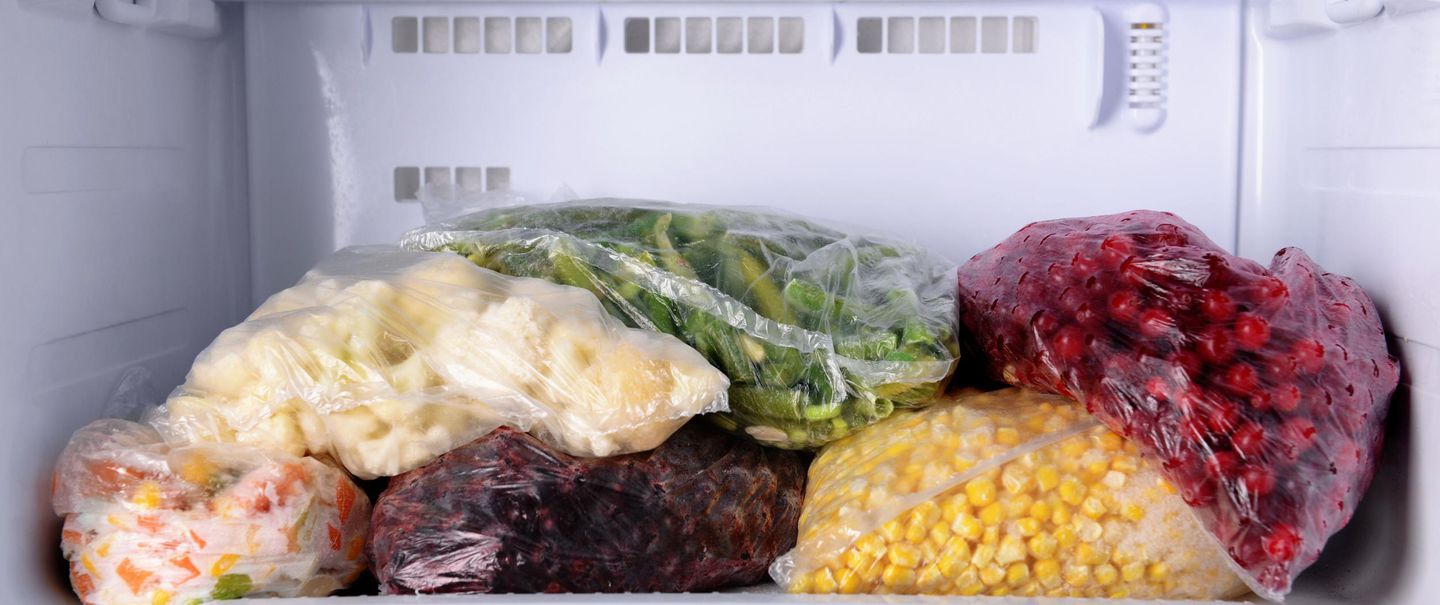HOLD ON TO THE TASTE OF SUMMER
It's high produce season in most parts of the country, with tons of fruits, vegetables, and herbs ripe for the picking. While you're busy making recipes with fresh ingredients, you're probably wondering how to freeze vegetables and fruits so you can carry that fresh flavor and nutrition over into the winter months, when nothing seems to be ripe or cheap. Freezing ripe summer produce is easier and less expensive than canning. All you really need is a freezer (preferably a deep freezer) set to zero degrees or lower, and some airtight containers. Some extra time and a few tools can help ensure top quality. If you know how to freeze fruits and vegetables, they can last more than six months; casseroles, soups, and stews prepared with fresh vegetables can be frozen for up to three months and still retain taste and texture, according to the USDA (and be safe to eat indefinitely).















